In the vast landscape of contemporary fiction, few novels intertwine history and suspense as intricately as Kate Mosse’s Labyrinth. Blending the ancient with the enigmatic,mosse invites readers on a journey where time itself seems to fold and twist amid secrets waiting to be unearthed. This review seeks to unravel the layers of Labyrinth, exploring how the novel weaves its dual timelines and complex characters into a tapestry that challenges our perceptions of mystery and destiny. By delving into Mosse’s narrative craft, we aim to illuminate the strengths and subtleties of a work that continues to captivate and provoke thoughtful reflection.
The Intricate Weaving of Dual Timelines and Their Impact on Reader Engagement
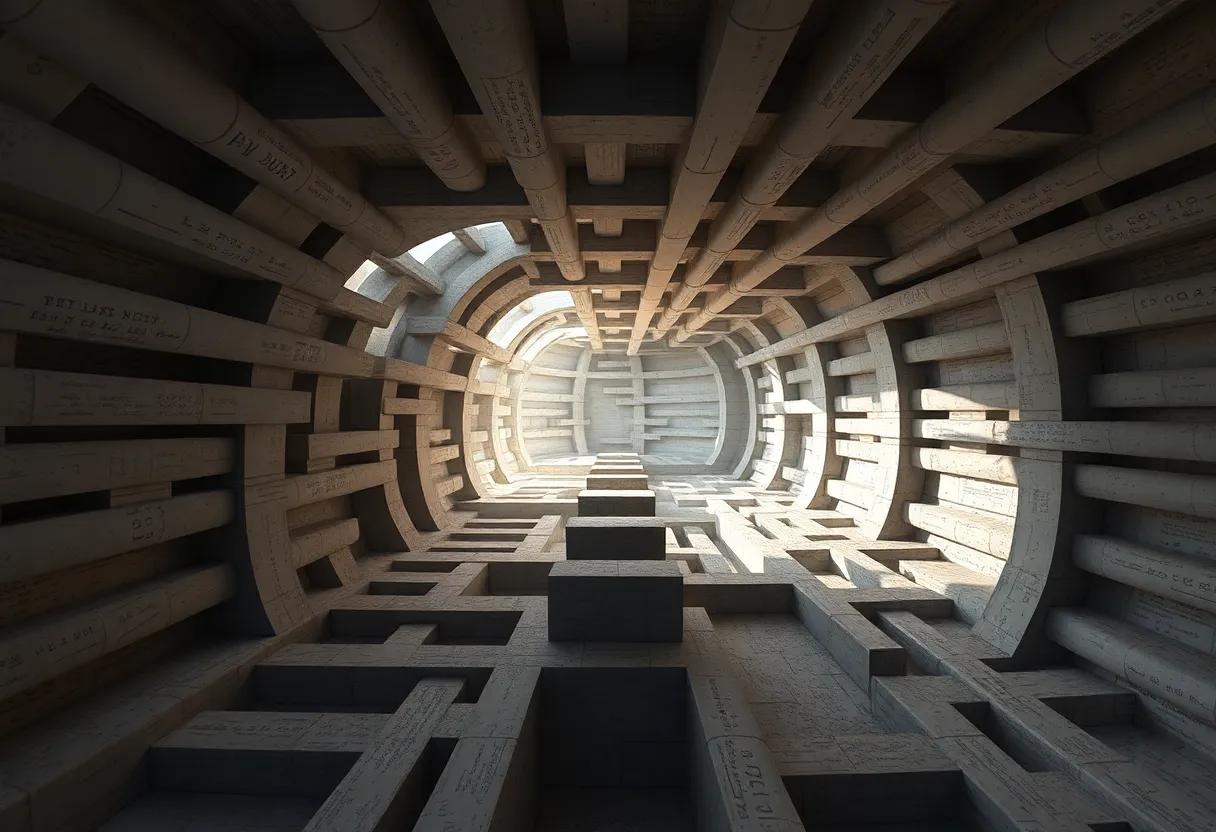
The narrative structure of dual timelines in Labyrinth operates like an intricate dance between past and present, weaving together threads that slowly reveal a tapestry rich in mystery and emotional depth. By interlacing the medieval world with contemporary scenes, Kate Mosse invites readers to actively engage in piecing together a complex puzzle. This technique not only heightens suspense but also deepens characterization, allowing readers to experience multiple perspectives concurrently. The interplay of timelines challenges the reader to remain alert, connecting historical secrets with modern consequences, making the unfolding story feel immediate and urgent.
Key elements that bolster reader engagement include:
- Alternating viewpoints that shift the emotional tone and pace
- Cliffhangers at timeline boundaries that urge onward reading
- Symbolism and artifacts linking the centuries-old mystery with modern revelations
These deliberate choices create a rhythm that mirrors life’s own fragmented memory and revelation. The tension maintained by this back-and-forth approach enriches the narrative, inviting readers not just to observe history but to experience its resonance within the characters’ present-day struggles.
| Timeline | Narrative Focus | Emotional Tone |
|---|---|---|
| Medieval Era | Secrets of the Grail,Survival | mystical,Tense |
| Modern Day | Discovery,Identity | Reflective,Urgent |
Exploring the Rich Historical Backdrop and Authenticity in the Settings
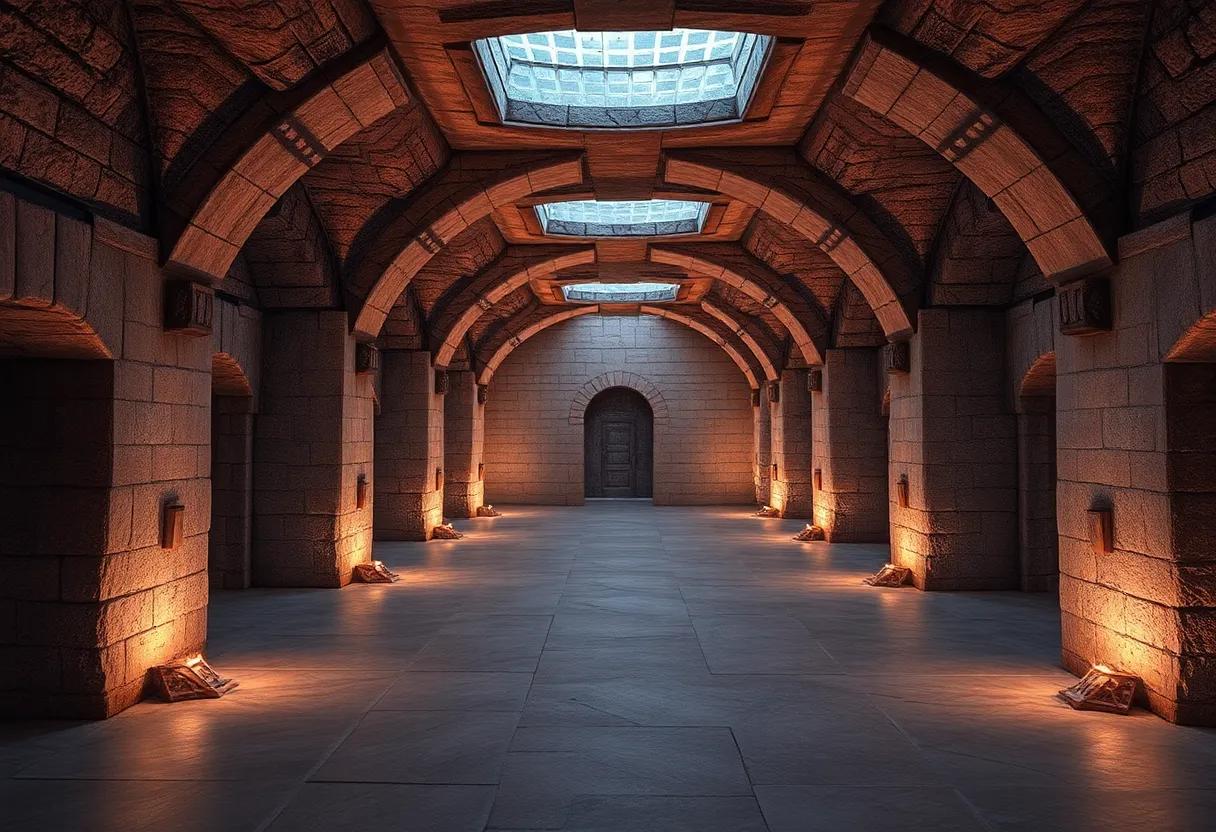
Kate Mosse crafts her narrative with a masterful attention to historical detail, transporting readers to the vividly realized landscapes of medieval France and contemporary england. The corridors of time open through her descriptive prowess, where every stone and shadow breathes authenticity.Whether wandering the labyrinthine streets of carcassonne or delving into the mystique of ancient Cathar legends, the settings serve as more than just backdrops – they are integral threads woven tightly into the story’s fabric.This immersion is achieved not only by meticulous research but by Mosse’s ability to evoke sensory experiences, inviting readers to feel the chill of crypts, the scent of damp earth, and the whisper of secrets long buried.
The historical tapestry of Labyrinth offers a fascinating interplay of time periods, highlighting the enduring human fascination with mystery and faith. Key elements that underscore the authenticity include:
- Accurate depictions of medieval religious practices, reflecting the complex tensions between differing beliefs.
- detailed portrayal of architecture and artifacts, anchoring the narrative in tangible reality.
- Dialect and language nuances, enhancing believability without overwhelming the modern reader.
| Setting | Era | Historical Focus |
|---|---|---|
| Carcassonne | 13th Century | Cathar persecution & fortifications |
| Modern-day England | Late 20th Century | Archaeological discovery & personal identity |
Character Development and the Layered Personal Journeys Within the Story
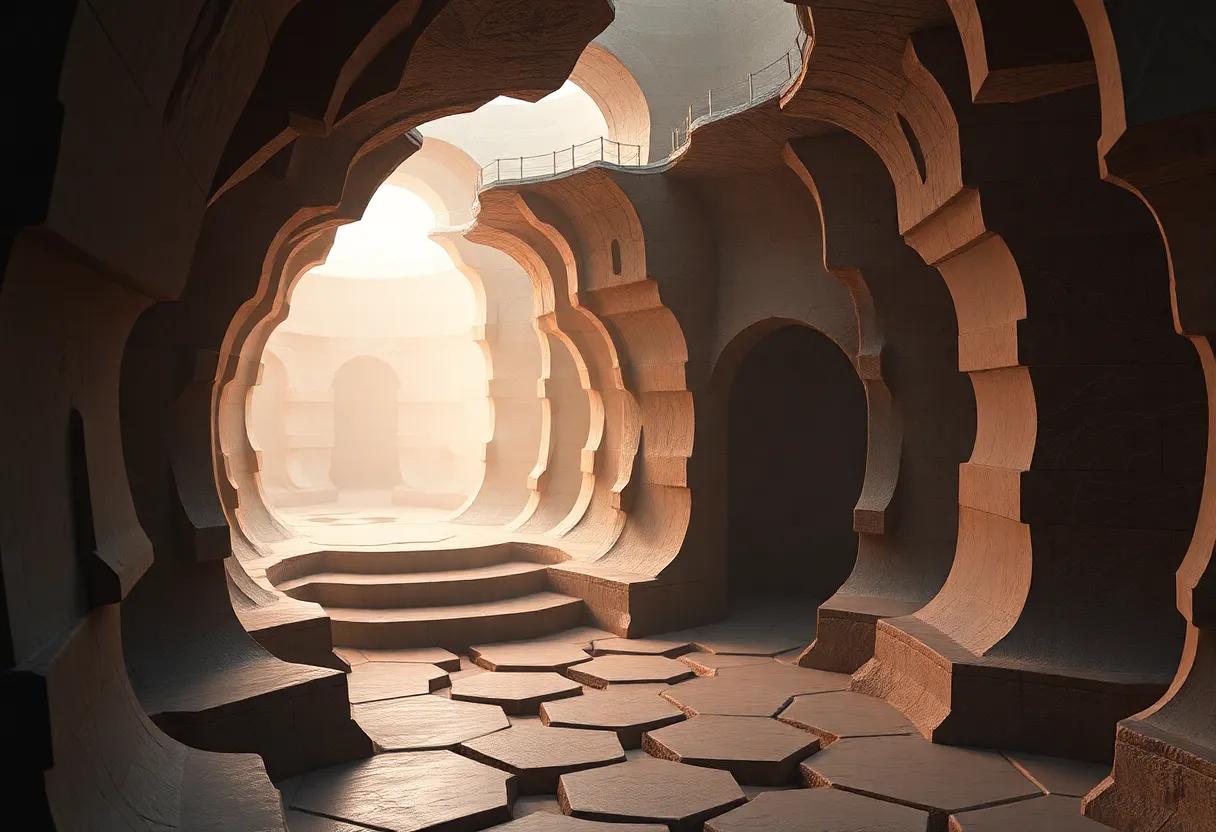
Kate Mosse masterfully weaves a tapestry of complex characters, each on a uniquely personal journey that intersects seamlessly with the overarching narrative. From the enigmatic Alais to the determined Alice, the characters are not merely players in a plot but living, breathing individuals whose motivations and inner conflicts resonate deeply with the reader. Their evolution is gradual and authentic,inviting readers to explore the nuances of identity,loyalty,and sacrifice. Mosse’s skill lies in layering these individual arcs with historical and emotional depth, making each revelation feel earned rather than contrived.
At the heart of these layered journeys are themes that transcend time and place:
- Self-discovery: Characters confront their pasts and redefine their futures.
- Resilience: The personal trials faced underscore a persistent human spirit.
- Interconnectedness: Lives intertwine unexpectedly, reflecting fate’s intricate design.
| Character | Key traits | journey Focus |
|---|---|---|
| Alais | Resilient, Secretive | Protecting legacy amid turmoil |
| Alice | determined, Compassionate | Seeking truth and identity |
| Louis | Passionate, conflicted | Balancing love and duty |
The Role of Mystery and Suspense in Driving the Narrative Forward
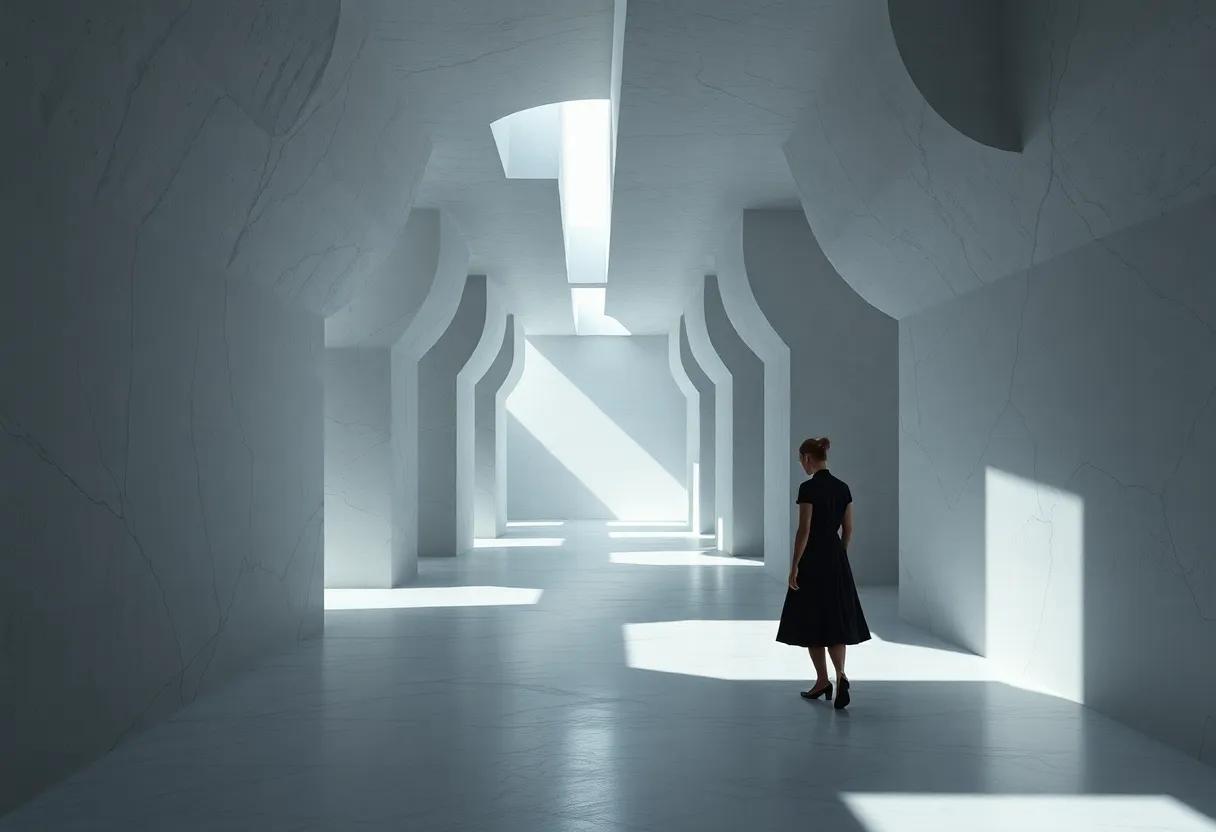
Mosse expertly weaves mystery and suspense as vital engines propelling the intricate layers of her narrative. The gradual unveiling of secrets acts almost like a hypnotic pull,compelling readers to stitch together fragments of past and present. Throughout the novel, moments of tension are carefully balanced between subtle hints and dramatic revelations, crafting a rhythm that never allows the story to slacken. This dynamic interplay not only maintains engagement but also deepens the emotional stakes involved, making each twist feel both surprising and certain.
Several elements enhance this relentless momentum:
- Interwoven timelines that beg to be decoded in parallel
- cryptic symbols and artifacts that invite interpretation
- Untrustworthy narrators whose perspectives oscillate between clarity and deception
The constant oscillation between knowing and questioning creates a palpable tension, driving characters to confront hidden truths and, ultimately, pushing the narrative toward an electrifying culmination. The mystery is never just about the plot but also about the very nature of memory,history,and identity that Mosse so deftly interrogates.
The Narrative Style and Pacing That Create a Captivating Reading Experience
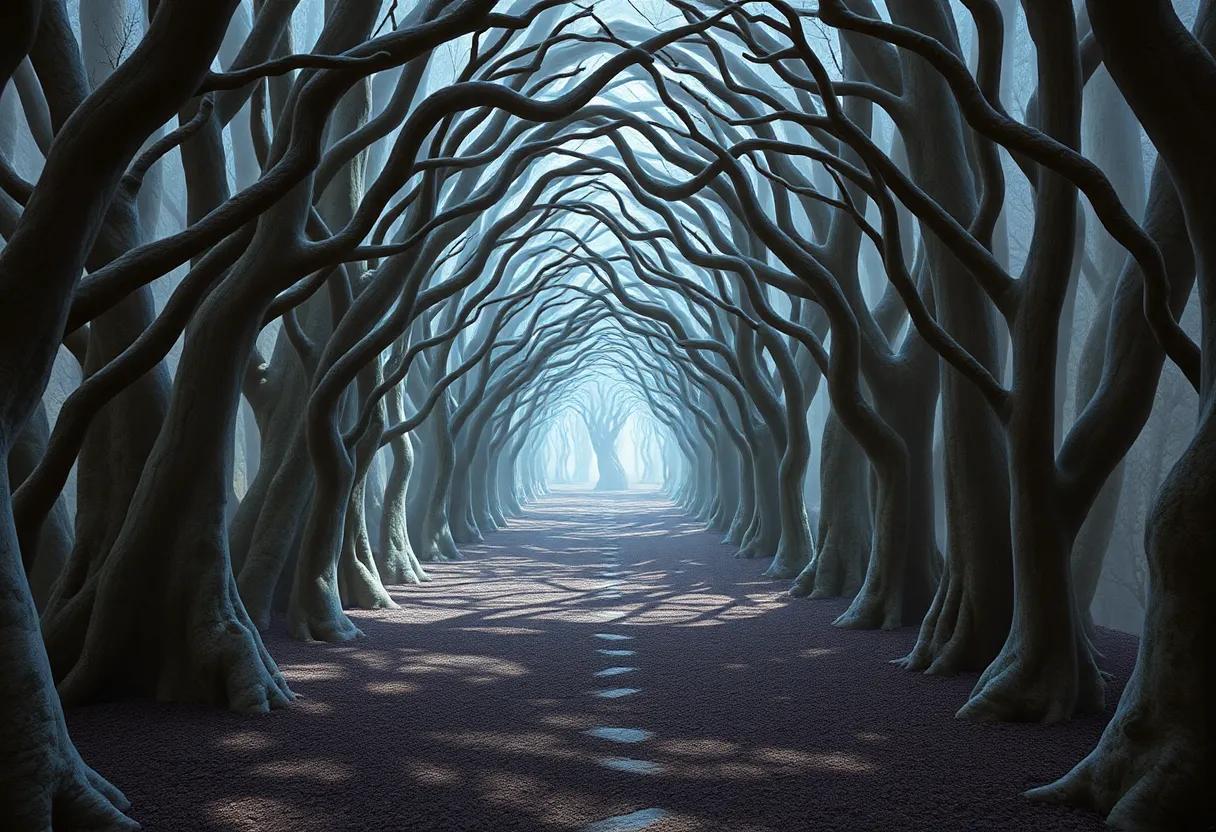
Kate Mosse masterfully weaves a narrative that flows with a rhythmic pulse, drawing readers into a labyrinth of time and secrets without ever feeling rushed or stagnant.Her storytelling strikes a delicate balance between revealing just enough to pique curiosity and withholding enough to maintain suspense, encouraging readers to eagerly turn each page. The alternating perspectives and timelines not only enrich the plot but also provide a dynamic cadence, ensuring that moments of high tension are offset by reflective passages that deepen character development and thematic resonance.
Several elements contribute to this immersive experience:
- Interwoven timelines: Seamlessly shifting between past and present, Mosse creates layers of mystery that unfold with carefully measured pacing.
- Balanced descriptiveness: Vivid yet purposeful, the descriptive passages anchor scenes without overwhelming the plot’s forward momentum.
- Strategic cliffhangers: each chapter closes with subtle hooks, motivating readers to continue through the maze of intrigue.
| Aspect | Effect | Reader Experience |
|---|---|---|
| Shifting Perspectives | Broadens narrative scope | Engages curiosity and empathy |
| Measured Revelations | Maintains suspense | Keeps readers hooked |
| Pacing Variations | Provides rhythm | Prevents burnout or boredom |
Symbolism and Themes That Resonate Throughout the Labyrinth’s Plot
Kate Mosse masterfully weaves a tapestry of symbolism throughout the labyrinthine narrative, where every recurring motif holds deeper meaning. The labyrinth itself serves not only as a physical maze but also as a metaphor for the complex journey through memory, identity, and fate. Elements like the enigmatic cat, cryptic manuscripts, and the haunting presence of historical relics all echo the tension between past and present, reminding readers how history’s shadows extend into contemporary lives. These symbols invite introspection, challenging us to ponder the nature of truth and the ways secrets can shape our destinies.
Themes of duality and resilience pulse at the heart of the story, with characters navigating intersecting timelines and moral ambiguities. The juxtaposition of light and darkness, seen in both the plot and the richly drawn settings, encapsulates the eternal struggle between knowledge and ignorance, love and loss. In addition, the narrative’s persistent focus on female strength and solidarity offers a subtle yet powerful commentary on empowerment across generations. To illustrate these thematic contrasts more clearly, consider the following key elements that resonate through the labyrinth’s layers:
- Light vs.Darkness: symbolizing knowledge versus mystery
- time’s Fluidity: blurring past and present to show interconnectedness
- Hidden Knowledge: reflecting the quest for truth beneath surface appearances
| Symbol | Meaning | Thematic Connection |
|---|---|---|
| Labyrinth | Life’s complex journey | Self-discovery and fate |
| Manuscripts | Lost knowledge and legacy | Truth and memory |
| Cat | Guardianship and mystery | Protection of secrets |
How Kate Mosse Balances Fictional elements with Historical Facts
Kate Mosse masterfully intertwines the rich tapestry of history with the vibrant hues of fiction,creating a narrative landscape that feels both authentic and imaginative. Her meticulous research breathes life into historical settings,ensuring that every detail – from the architecture of medieval Carcassonne to the intricacies of the Cathar beliefs – resonates with accuracy. Yet, it is her ability to seamlessly embed fictional characters and plots within these real-world frameworks that captivates readers, inviting them into a world where past and present coexist in a delicate dance. This fusion allows for an immersive experience, where fact enhances fiction, and imagination is grounded by historical truth.
key techniques Mosse employs include:
- Authentic Period Details: Descriptions of costumes, customs, and landscapes that are thoroughly researched yet narrated with vivid prose.
- Interconnected timelines: Parallel storylines that bridge centuries, linking historical events with contemporary mysteries.
- Symbolic Artifacts: use of relics such as the labyrinth motif,which serve as focal points to unify the historical and fictional threads.
| Element | Historical Aspect | Fictional integration |
|---|---|---|
| Setting | 13th-century Languedoc | Characters’ secret quests tied to regional history |
| Characters | Cathar resistance figures | Protagonists uncover hidden legacies |
| Themes | Religious persecution | Mystery and redemption arcs |
The Emotional Resonance and Moral Questions Raised by the novel
Mosse crafts an emotional landscape that lingers long after the final page is turned.Her characters are not mere pawns in a historical puzzle; they resonate with raw human vulnerability and resolve that invite readers to ponder the depth of personal sacrifice against the tides of history. The intertwining of past and present timelines magnifies the emotional stakes, creating moments where hope clashes with despair, and faith is tested by harrowing truths. Such storytelling challenges us to reflect on our own capacities for resilience, forgiveness, and the sometimes-painful pursuit of truth.
Beyond emotional engagement, the novel interrogates profound ethical dilemmas that ripple across centuries:
- The cost of secrecy: How much should one sacrifice to protect knowledge that coudl change the world?
- justice versus loyalty: When is betraying a cause justified for a perceived greater good?
- The ambiguity of morality: Exploring how decisions are shaped by context and survival rather than clear definitions of right and wrong.
| Ethical Theme | Example in Novel |
|---|---|
| Secrecy | Guarding the labyrinth’s secret at personal cost |
| Loyalty | Conflicting allegiances between characters across eras |
| morality | Choices blurred by survival instincts during war |
A Look at the Imagery and Descriptions That Bring Scenes Vividly to Life
Kate Mosse masterfully employs vivid imagery and evocative descriptions to immerse the reader in the labyrinthine world of Southern France and the intertwining timelines. Her attention to sensory details – from the damp chill of ancient crypts to the warm, golden hues of the vineyards – paints a cinematic backdrop that feels tangible and alive. Through her prose, the landscape itself becomes a character, whispering secrets and setting a tone that is both mysterious and inviting. Whether it’s the intricate carvings on medieval stones or the rustling of autumn leaves, every image is crafted with precision, allowing readers to feel the weight of history pressing down on the present.
The author’s descriptive prowess extends beyond setting to breathe life into her characters’ inner worlds. Through a careful balance of dialog, internal monologue, and environmental cues, mosse creates a sensory mosaic that deepens emotional resonance.Consider the following elements that define her imagery style:
- Layered sensory experiences – combining sight,sound,touch,and even scent to fully render scenes.
- Symbolic motifs – recurring images such as labyrinths, shadows, and light that enrich thematic depth.
- Period detail - meticulous historical accuracy that grounds the narrative’s time frames.
| imagery Element | Effect on Reader |
|---|---|
| Stone labyrinths | Evokes mystery and entrapment |
| Wilted flowers | Symbolizes decay and lost hope |
| Flickering candlelight | Creates intimacy and suspense |
| Rustling leaves | Conveys passage of time and change |
Comparisons to Other Works in the Historical Mystery Genre for Context
Kate Mosse’s Labyrinth certainly carves its own niche within the historical mystery genre, yet it invites natural comparisons to other seminal works that skillfully intertwine past and present narratives. Much like Sarah Waters’ The little Stranger, mosse’s novel delves deeply into atmospheric tension, blending historical detail with brooding suspense. Both authors harness the power of place-Mosse with the rugged landscapes of the Languedoc, Waters with the decaying English manor-to create evocative backdrops that heighten the mystery. However, where Waters leans toward psychological subtlety, Mosse imbues her story with the allure of secret societies and long-lost treasures, adding layers of adventure to the intellectual mysteries at play.
Furthermore, when juxtaposed with works like Umberto Eco’s The Name of the Rose, Labyrinth shares a fascination with medieval history entwined with cryptic puzzles and forbidden knowledge.Yet,Mosse’s prose is more accessible and emotionally direct,prioritizing character-driven storytelling over dense philosophical explorations. This balance between cerebral intrigue and emotional investment sets her apart, appealing to a broad range of readers.The following table highlights key distinctions and similarities among these notable historical mysteries:
| Title | Setting | Focus | Atmosphere | Approach |
|---|---|---|---|---|
| Labyrinth | 13th & 20th Century France | Relics & Secret Societies | Mystical & Suspenseful | Character-driven, Adventure |
| The Name of the Rose | 14th Century italian Monastery | Forbidden Knowledge | Philosophical & Dark | Intellectual, Dense |
| The Little Stranger | Post-WWII English Manor | Psychological Haunting | Moody & Gothic | Character-oriented, Subtle |
The Book’s Appeal to Different Reader Demographics and Preferences
Labyrinth masterfully weaves elements that resonate with a broad spectrum of readers. History enthusiasts will find themselves drawn to the meticulously crafted medieval settings and the rich tapestry of historical detail that Kate Mosse breathes into the narrative. Meanwhile, fans of suspense and mystery appreciate the taut pacing and cleverly executed twists that maintain a palpable tension throughout the novel. the dual timelines, intertwined with secrets waiting to be uncovered, offer a layered reading experience that appeals both to those who crave intellectual engagement and those who favor thrilling storytelling.
Additionally, the novel’s strong female protagonists and themes of love, betrayal, and redemption cater to readers who seek emotional depth as well as adventure. Here’s a quick look at how different reader groups can connect with Labyrinth:
- Historical Fiction Lovers: Immersive medieval and modern settings
- Mystery & Thriller Fans: Intricate plot twists and suspenseful revelations
- Character-driven Readers: Complex relationships and powerful emotional arcs
- Casual Readers: Engaging narrative that balances depth with accessibility
| Demographic | Primary Appeal | Highlighted Feature |
|---|---|---|
| History Buffs | authentic Period Detail | Medieval Occitan Setting |
| Mystery Seekers | Puzzle-Like Plot | Multi-Timeline Storyline |
| Romance Readers | Emotional Nuance | Interpersonal Relationships |
| Casual Readers | Engaging & Accessible | Dynamic Narrative Flow |
Specific Moments That Stand Out for Their Literary and Dramatic Strength
Among the many evocative passages in Kate Mosse’s Labyrinth, several moments shine with a rare fusion of literary depth and dramatic tension. The discovery of the ancient manuscript, as an example, is described with such vivid imagery that readers are transported directly into the shadowy corridors of time. Mosse’s use of metaphor here is especially striking – the text becomes a “whispering echo of history,” weaving past and present together in a delicate narrative dance. This scene not only propels the plot forward but deepens the thematic exploration of memory and destiny, turning an ordinary discovery into an emotionally charged experience.
Another standout moment lies in the cleverly crafted dialogue between the protagonists as they unravel the labyrinth’s secrets. Their exchanges, loaded with subtext and unspoken fears, offer a masterclass in dramatizing tension without overt conflict. Mosse strikes a delicate balance, using pauses and silences that speak volumes. The raw vulnerability on display enriches the characters’ arcs, making their quest not just a physical journey but a profound emotional odyssey. Below is a brief overview of how these scenes contribute to both narrative and theme:
| Scene | Literary element | Dramatic Impact |
|---|---|---|
| Manuscript Discovery | Imagery & Metaphor | Evokes mystery and connection to the past |
| Protagonist Dialogue | Subtext & Pauses | Builds tension and emotional depth |
Insights into Kate Mosse as an Author and Her Influence on Modern Historical Fiction
kate Mosse has carved a distinctive niche in contemporary historical fiction through her masterful blend of intricate storytelling and rich, atmospheric settings.Her works often traverse centuries, weaving past and present narratives with a finesse that captivates readers across generations.Mosse’s ability to infuse history with elements of suspense and mystery has not only revitalized interest in lesser-known epochs but also inspired a new wave of authors to explore the genre with a similarly daring, emotionally resonant approach. Her novels tend to emphasize strong female protagonists, frequently enough intertwined with themes of destiny, memory, and the enduring power of secrets buried in time.
Beyond narrative craft, her influence extends into structural innovation within historical fiction. By employing dual timelines and interlacing them with symbolic motifs such as labyrinths and cryptic artefacts, she invites readers into a participatory experience rather than passive observation. Here is a quick glance at key elements defining her impact:
- Complex, layered plots that challenge linear storytelling.
- Evocative, sensory-rich descriptions that immerse readers in each era.
- Blending myth and history to reveal worldwide themes beyond the factual.
| Aspect | Contribution | Modern Impact |
|---|---|---|
| Dual Timelines | Intertwines past and present | Popularized non-linear narratives |
| Mystery Elements | Combines suspense with history | Expanded scope of historical fiction genres |
| Strong Female Leads | Empowers historical perspectives | Encourages diverse character focus |
In weaving together history,mystery,and the intangible threads of time,labyrinth invites readers into a world where past and present entwine in unexpected ways. Kate Mosse’s storytelling crafts a tapestry as intricate as the title suggests, leaving us both satisfied and contemplative. As the final pages turn,one is left reflecting not only on the labyrinthine plot but also on the deeper mysteries that linger beyond the story-reminders that some puzzles,much like time itself,are meant to be unraveled slowly,if at all.








